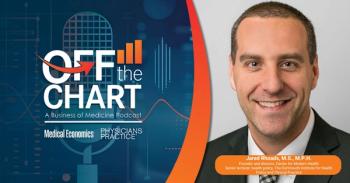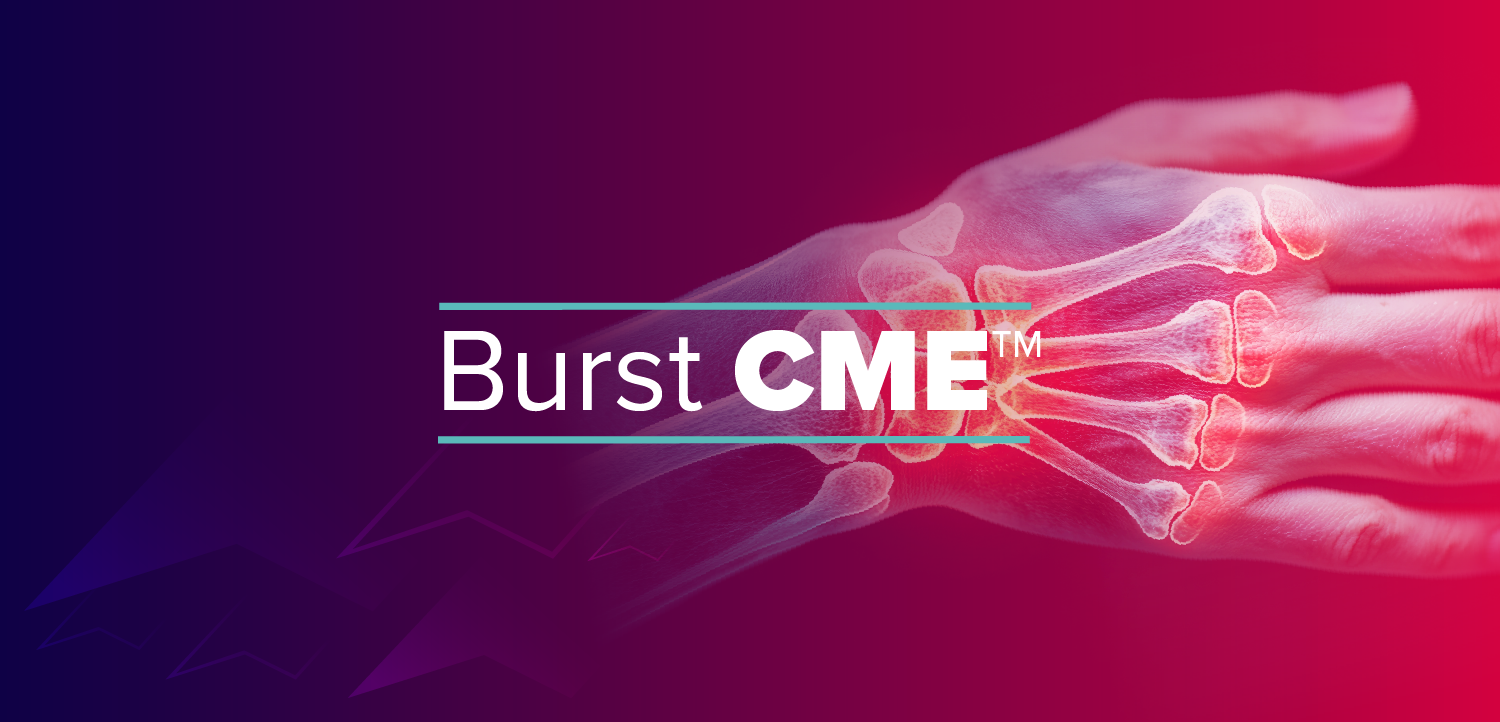
Your Electronic Billing Office
An electronic billing office can save you money on paperwork and improve cash flow
You've read lots of information about electronic medical records, but it's high time that the same thought be given to automating another core function of your practice -- billing. Indeed, the billing office has as much paper, if not more, than the rest of a typical practice put together. An "electronic billing office" (EBO) can eliminate most of that, saving you money on paperwork and manual processes, and can improve cash flow.
Here are some ideas to explore for your EBO:
Electronic funds transfer. Processing checks manually can take hours, if not days, even in the most efficient practices. The process often involves copying every check for internal controls and having someone drive to the bank to deliver the checks in the middle of the day. This staff time is costly, and may be unnecessary if your insurance carriers offer electronic funds transfer (EFT).
EFT means that the insurance carrier directly transmits the funds it owes you to your bank account. Instead of a live check, the carrier sends along a "remittance advice" -- a document that lets you know how much has been deposited and to what accounts the money belongs. It eliminates internal control concerns because you're not dealing with a live check, and it's faster cash flow than you can handle with your daily bank run.
Electronic payment remittance. Just as manually processing checks is time-consuming and inefficient, so is the manual posting of payments, and in the latter case, a single incorrect keystroke can mean a tremendous amount of staff time to research and fix the error. This process must be done with complete accuracy, yet it is this position that is normally where new -- and untrained -- billing office staff start. With pressure to key as many payments as possible, it's an environment that breeds mistakes.
Automate the payment posting process with electronic payment remittance (EPR). EPR actually posts the payments in your billing system for you, eliminating manual payment posting altogether. Any payments that are not posted in your system automatically, for whatever reason, are reported to you so that you can manually review them. Manual payment posting can take a staff member an entire day, but with EPR the process takes less than an hour. Only a small portion of commercial carriers offer this, but many Medicare and Medicaid intermediaries have used it with success. Try combining it with EFT, and you'll have your payments posted and your money in the bank without lifting a finger.
Document management. You can save staff time and overhead by better managing the mounds of paperwork handled by the billing office every day. Document management technology allows you to store the image of a document electronically and lets you query that image from anywhere in the practice. That is, you don't need the actual paper. Here are a few ideas for using the technology:
- o Scan every patient's insurance card at registration. Set up the document imaging system to attach the electronic image of the cards to the patient's account. The image can be accessed by the billing office without having to pull the patient's chart to find the photocopy of the card. You'll need to buy a terminal and software, but it's quite inexpensive. Try
www.medcard.com . Or your practice management system vendor might include this as an add-on to your system.
o High performing billing offices appeal denied claims, and they include in each appeal a copy of the documentation of the encounter. Instead of searching medical records for operative reports or office notes, scan them into your document management system.
o If your practice submits secondary claims, you're pulling the primary explanation of benefits (EOB) to attach to the secondary. Instead, scan them and find them electronically.
o Still wallowing in paperwork related to referrals and authorizations? Instead of an elaborate filing system, scan in the completed referral or authorization paperwork. When a claim needs an authorization number, find it in your document management system instead of a filing cabinet.
o If your carriers don't offer EPR, you could consider a sophisticated document management solution to eliminate manual payment posting. Scan each EOB into a template that you've programmed to integrate with the payment posting process of your billing system, and post the payments automatically.
o If you have a high volume of calls from patients about their accounts or patients asking for copies of their statements at tax time, consider scanning your patient statements.
Of course, you can scan any piece of paper in your office, so the sky's the limit. If scanning registration forms or surgery schedules would help, go for it.
Staff performance management. Before you lose money due to overwhelmed or uneducated staff, integrate employee performance measurements into your billing system. Most systems have the technology, but it's often not used because supervisors find it cumbersome and meddlesome. Yet it's often easy to use. And meddlesome? Well, it's your money. The technology can track data by employee, including volume of accounts worked.
Scrubbing. We've all heard the stories about the automated systems employed by the insurance carriers that "scrub" your claims as they come in the carrier's door. Insurance carriers use sophisticated technology to edit the claims before adding "human edits" to them. After the encounters have all been coded, scrubbing software -- either stand-alone or integrated with your billing system -- uses logic to indicate which codes are wrong or not billable. Instead of waiting until it comes back as a denial, edit your codes yourself. Given the complexities of all of the edits now employed by insurance carriers, you won't catch all of the problems, but even catching one will leave you better off.
Online statements. Paper patient statements normally cost 40 cents to 55 cents to generate and mail, and that can really add up quickly. Online statements or e-mailing them costs a fraction of that amount, and can also improve your cash flow. Consider online statements in a secure area of your Web site. Include in your HIPAA or registration forms a paragraph, with which your patients can mark their agreement, regarding your new paperless statements. You should continue sending paper statements to those patients who balk, but you'll be surprised at how many love the service. Go one step further and accept payment via your Web site with a secure credit card transaction.
Contract compliance. If you're relying on your payment posters to see if you've been paid correctly, I can guarantee that your system isn't working very well. Since the majority of practices are dealing with more than 50 fee schedules and reimbursement policies, and hundreds of CPT codes, it's impossible to keep it all memorized. Underpayments are a serious problem, and there is software available that will match actual payments against projected payments. Be sure to ask your vendor about its ability to help you identify underpayments.
Denial management. The average practice has 10 percent of its claims denied, and the follow-up required to get paid on those is quite time-consuming. Utilize automated standard appeal letters that allow your billers to easily describe the specifics of the claim you're appealing. If you don't want to purchase expensive software, set up the templates in a word processing program. Instead of keeping a manual calendar for a reminder about when the appeal was sent or when payment is expected, use the calendar function of Microsoft Office.
Interactive voice response (IVR). We've all received the recorded telemarketing calls and appointment reminders. IVR technology is now being deployed to manage patient collections. Instead of spending hours of staff time just to reach patients' answering machines, an IVR system can automatically dial number after number. When a patient picks up, the call can be transferred automatically to a biller to handle the call.
Referrals and authorizations. If you accept referrals or authorizations from a referral source, put your referral forms on a CD, and drop it by your referring physicians' offices. Ask them to complete the form each time they refer a patient (thus saving you a lot of work) and e-mail it via a secure link to you. If patients are added to your schedule during the day and need an authorization, send an internal e-mail to all staff involved, including the billing office or staff who will process the referral or authorization. Attach the particulars about the patient's account and flag the e-mail as important; then let the authorization process begin.
Reporting. If you're tired of getting shabby, incomplete reports from your billing system, or need information that your billing system simply isn't designed to give you, there are software applications that can interface with your system to extract data and allow you to manipulate the data in a form that you can use.
Communication. Use e-mail and instant messaging to communicate internally about staff meetings, policy changes, or general announcements. Instant messaging can also be handy to alert staff to immediate issues, such as when a patient with bad debt presents to the front desk. The receptionist can instant message the billing office to come to the front office to handle it. Instead of causing a scene, or violating the patient's confidentiality, the communication to the billing office can be handled with ease.
An electronic billing office can reap many rewards to a physician's office. Although it won't guarantee better performance, it can be a positive step in the right direction to lower overhead and improve cash flow -- all while continuing to offer the service to patients you pride yourself upon.
Elizabeth Woodcock, director of knowledge management for Physicians Practice, can be reached at
This article originally appeared in the November/December 2003 issue of Physicians Practice.
Newsletter
Optimize your practice with the Physicians Practice newsletter, offering management pearls, leadership tips, and business strategies tailored for practice administrators and physicians of any specialty.











